Sleep Tight! Snoozing Animals Gallery
Sweet Slumber in the Animal Kingdom
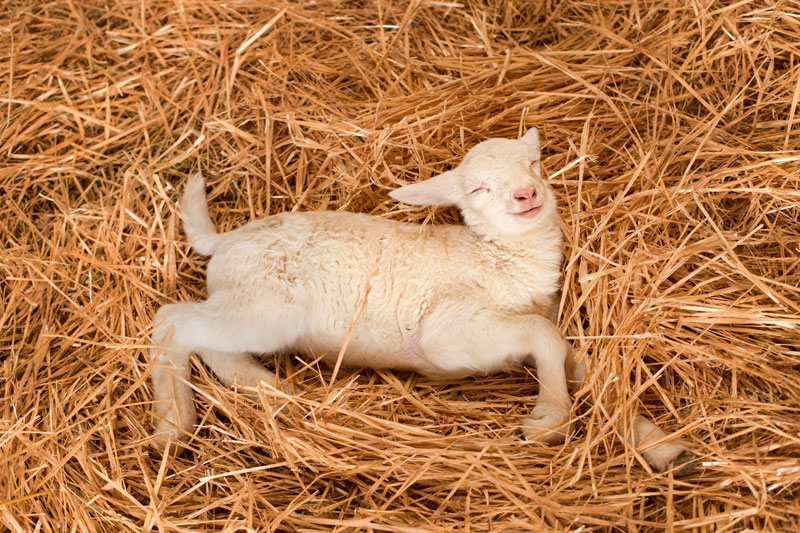
Shhhh! From giraffes and lambs to squirrels and kittens, animals are particularly adorable, it seems, when they sleep. And while some creatures seem to thrive on shut-eye, with one animal snoozing away 75 percent of its day, others prefer just a few winks. Here's a look at naptimes in the animal kingdom.
Sleeping to Conserve
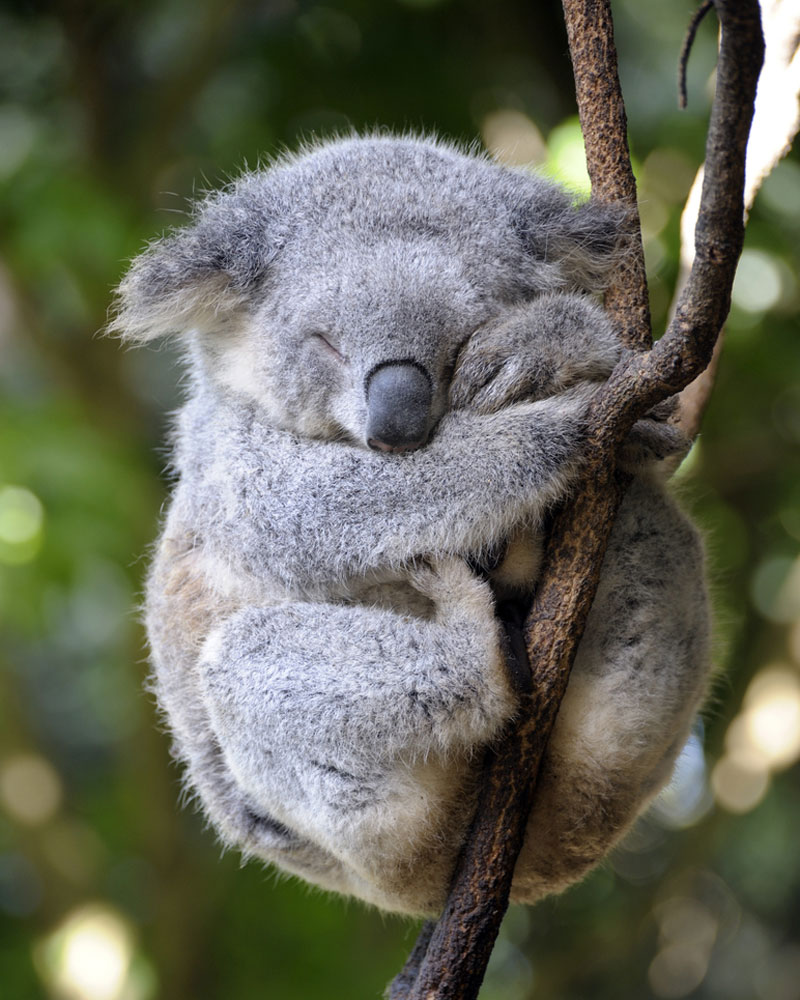
Koalas are marsupials and solitary creatures, spending most of their days comfortably lounging in trees. They usually spend between 18 and 22 hours, or about 75 percent of the day, sleeping. The extended naps help koalas conserve energy, which they need to digest their fiber-heavy diet of eucalyptus leaves.
Drifting Off to Sleep
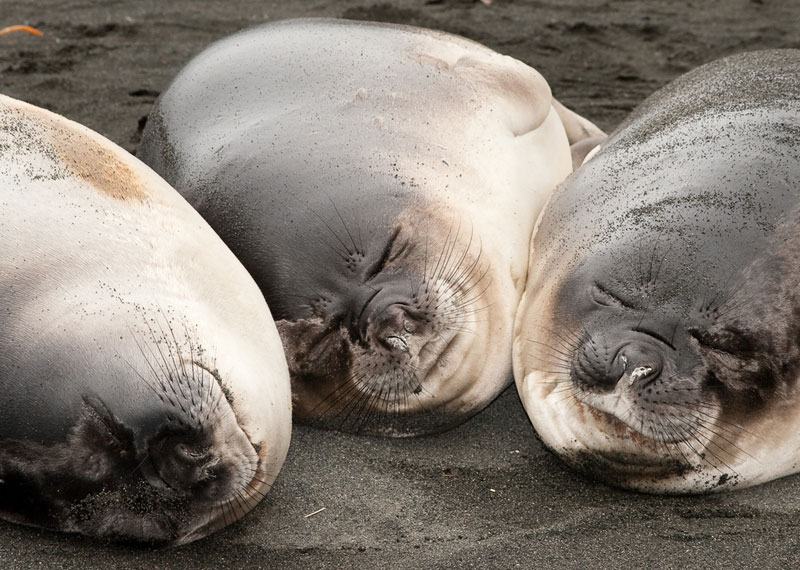
Elephant seals love to sleep on the beach, where they bask in the sunshine and warm themselves up. In 2009, scientists at the University of Alaska, Fairbanks,discovered that elephant seals, which are known to spend two to eight months at sea — seemingly without any rest — may actually sleep as they engage in repetitive dives. As they drift down toward the bottom of the sea, the seals seem to relax and catch up on their beauty sleep.
Naptime
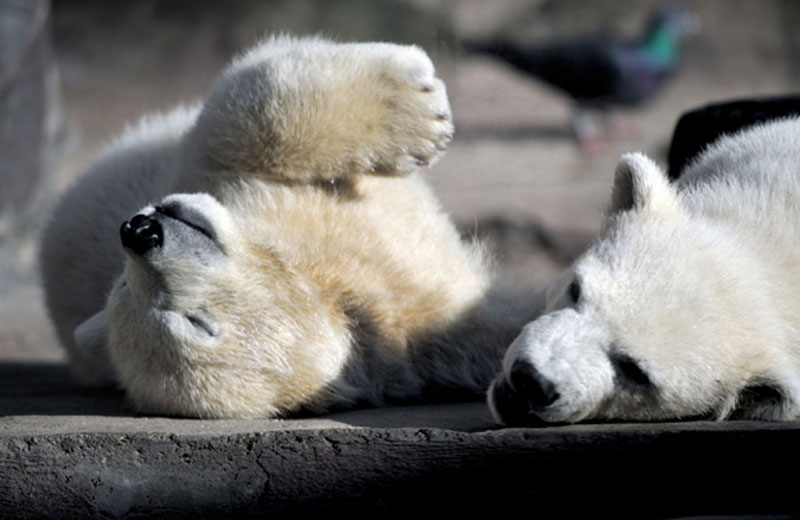
Unlike brown and black bears, polar bears do not hibernate. Year-round, they sleep for seven to eight hours at a time. Since they spend most of their time living on the Arctic Circle's ice or swimming in chilly waters, they have a layer of subcutaneous fat — very similar to the blubber of sea mammals — that keeps them warm. To further stay toasty and conserve energy, they also enjoy taking frequent naps.
Lion Around
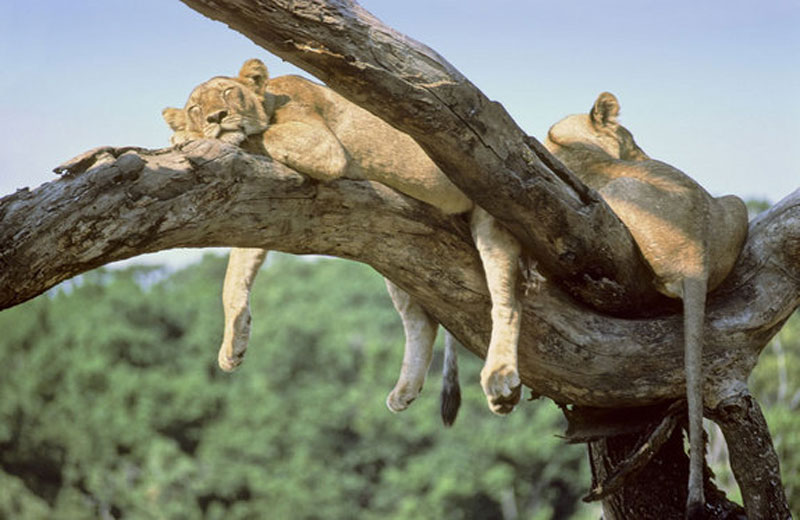
Lions sleep an average of 18 to 20 hours a day, sometimes sleeping for as long as a full 24 hours. They prefer to pass the scorching, sunny African days cooling off in trees or lounging beneath the shade of dense vegetation. Lions require so much sleep because, when they are awake, they partake in bursts of strenuous activities, including hunting and fighting to defend their pride or assert their order within it.
Sit and Snooze
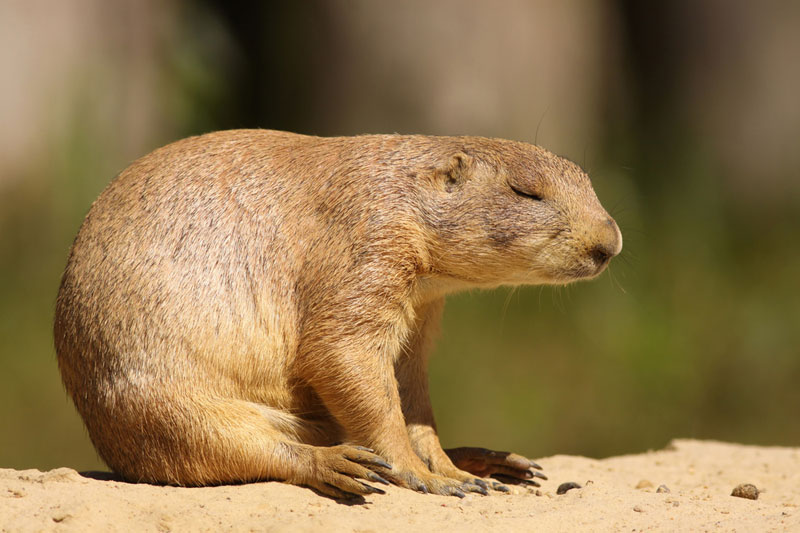
Prairie dogs often sleep at night with their family groups, called coteries, in belowground burrows. They usually sleep in a balled-up position, snuggled close to one another for warmth. Above ground, prairie dogs often sit up on their haunches, and sometimes doze off in the hot sun in this hunched-over sitting position.
Giraffe Getting Zzzzz's
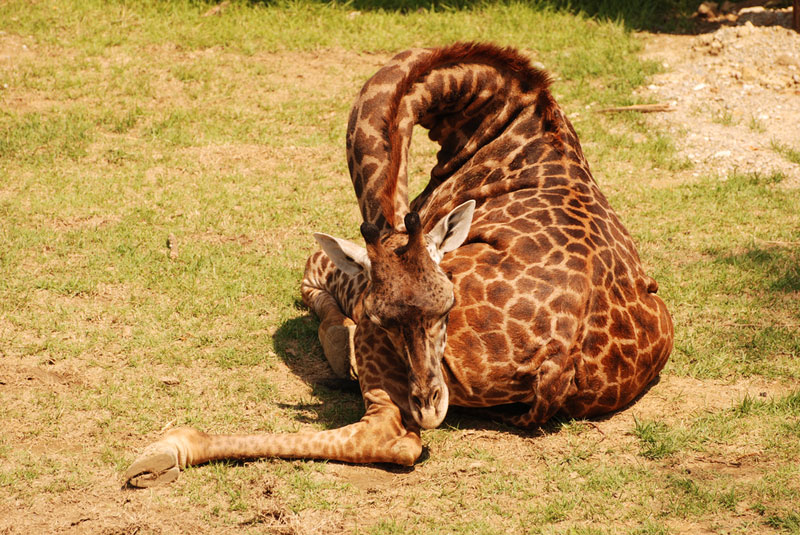
Giraffes have one of the shortest sleeping periods of any mammal, snoozing for about two to four hours a day. Because their necks make them so top-heavy, among other reasons, lying down and standing back up is a lengthy process for giraffes, so they often fall asleep standing up. That way, if a predator disturbs their slumber, they can quickly flee without having to waste time gingerly getting up. However, they do sometimes fall asleep sitting down if they feel that it is safe to do so, like the young giraffe above.
Sign up for the Live Science daily newsletter now
Get the world’s most fascinating discoveries delivered straight to your inbox.
Cat Nap
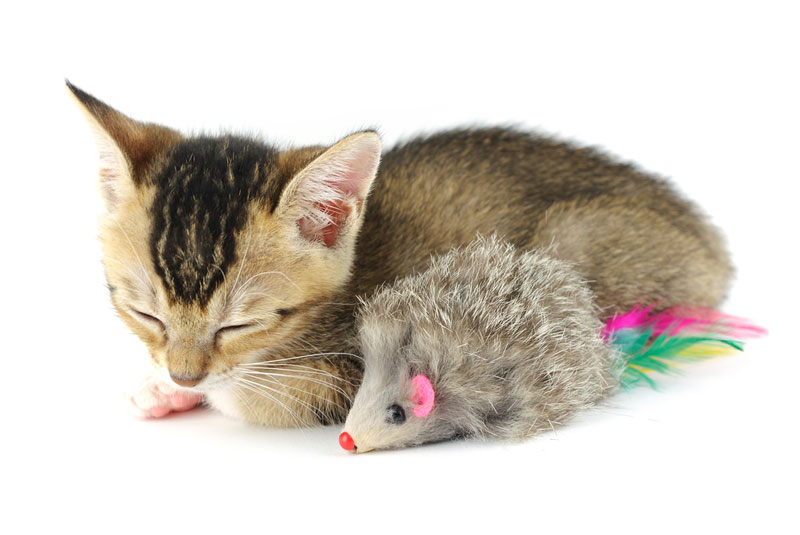
Like their feline relatives, including lions and tigers, house cats sleep for up to 18 hours a day. Scientists believe that this sleeping pattern is a remaining trait from their wild cat ancestors, which slept for most of the day in order to conserve energy for hunting.
Submerged Slumber
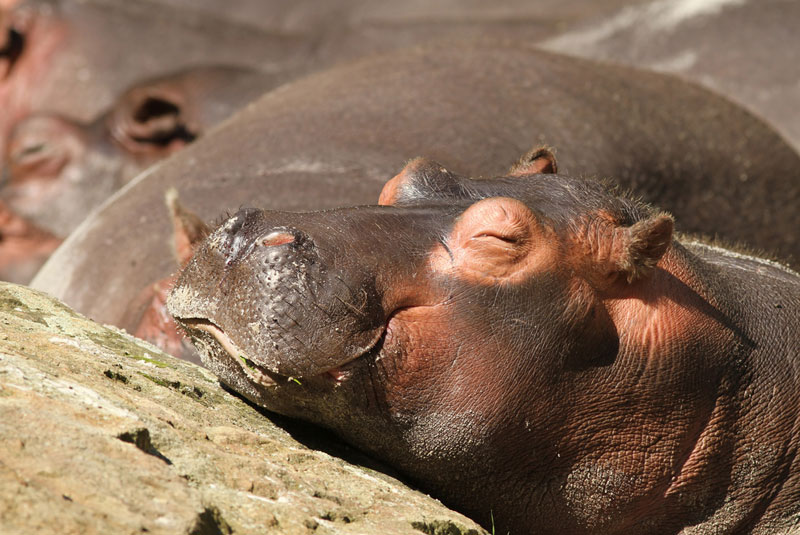
Hippos sleep for about 16 hours a day, resting together in groups of up to 30. Although hippos are land mammals, they spent most of their nights sleeping underwater. Adult hippos can hold their breath and stay underwater for more than five minutes at a time. They periodically rise to the surface to take a deep breath and then submerge themselves again, but amazingly, they do all this while asleep. Their process of surfacing and breathing is automatic, and they repeat it over and over throughout the night without waking up. As hippos submerge, their nostril flaps close and their ears fold over to keep water out.
Forty Winks for Mr. Fox
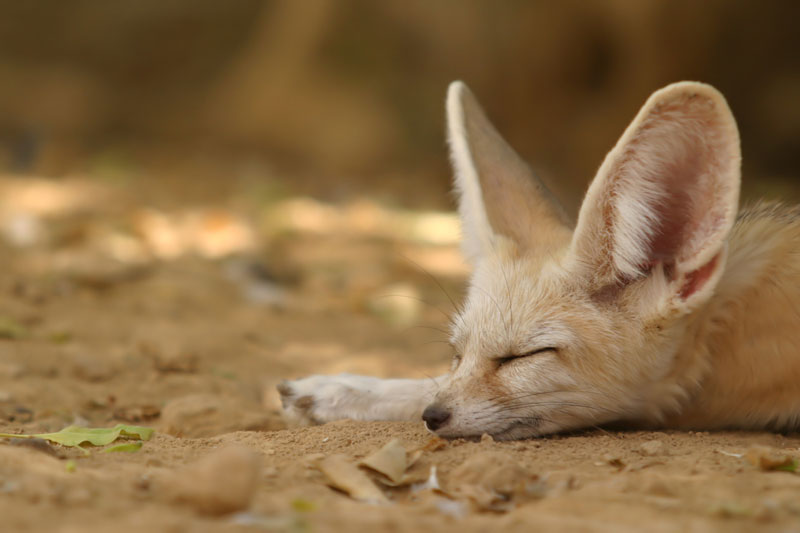
Foxes sleep for an average of 11 hours a day. Contrary to popular belief, foxes usually don't sleep in their dens. They prefer to sleep above ground, wrapping their bushy tails tight around their bodies for warmth, with their noses buried in the fluff. The above sleeping fennec fox, a big-eared, nocturnal fox found in the Sahara of northern Africa, is warm enough that it doesn't need to use its tail for additional heat.
Don't Wake the Baby
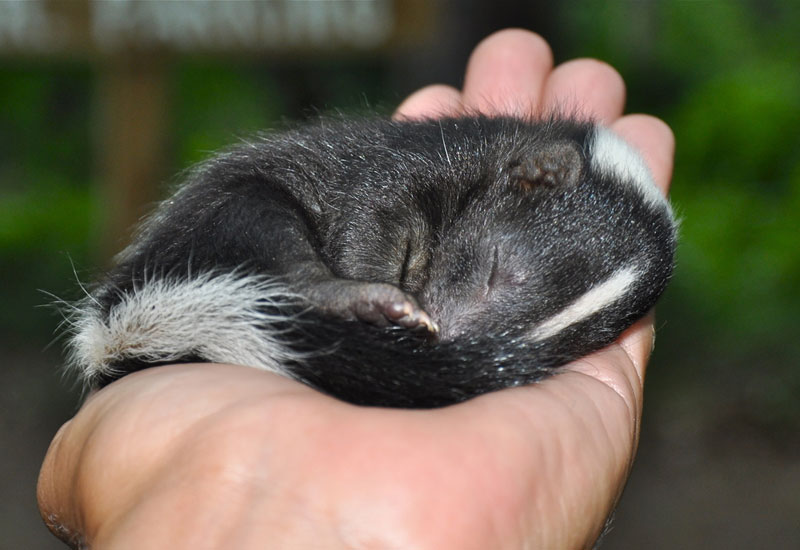
Most species of skunks are nocturnal animals, hunting during the night and sleeping during the day. During the cold winter months, they hole up in burrows and live off their stored fat, rarely coming out to feed. They don't hibernate, but enter a deep sleep in order to conserve energy. In burrows, female skunks huddle together for warmth, while males usually prefer to sleep alone in their dens.









